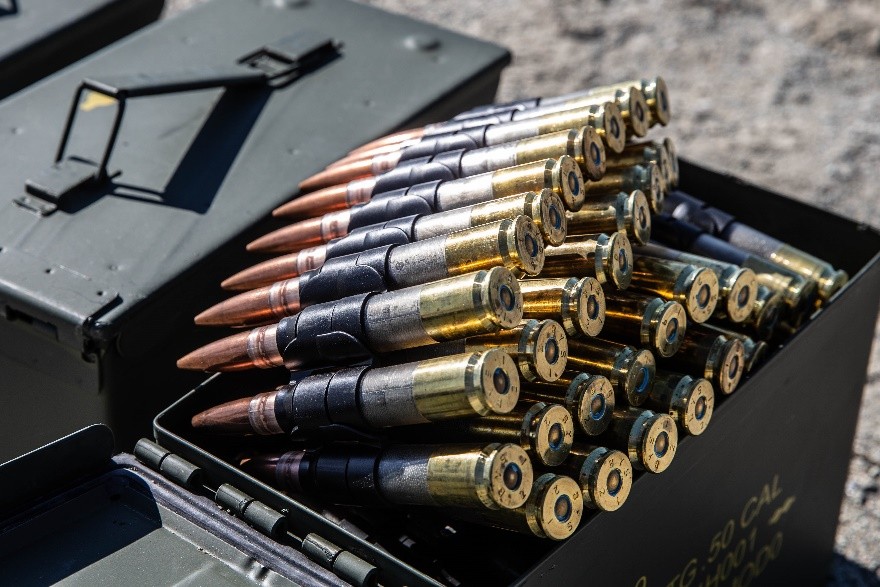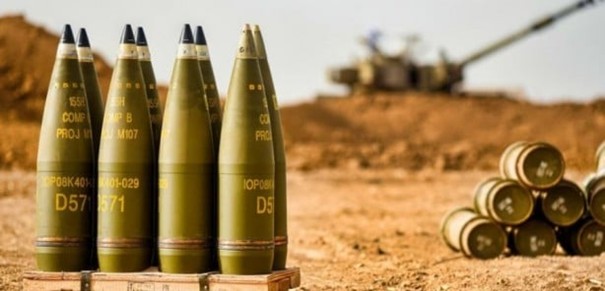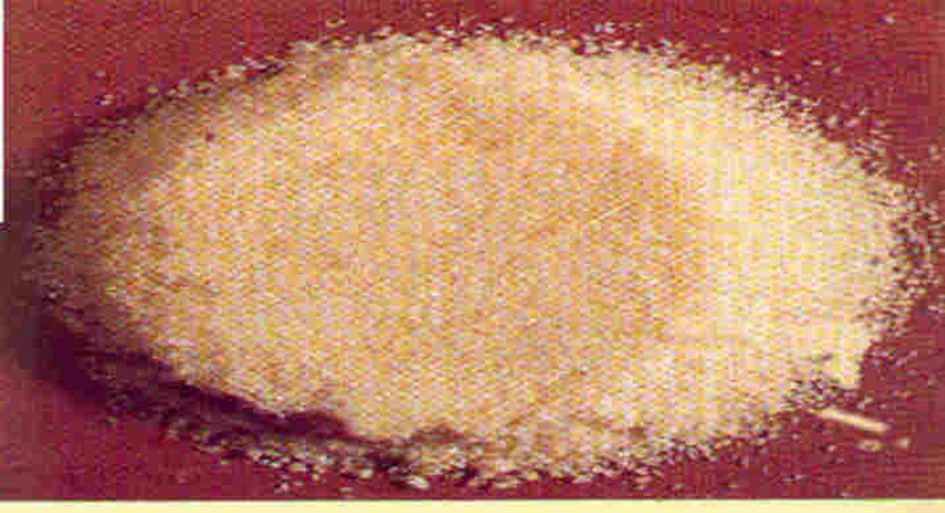Ammunition & Explosive Materials
 Ammunition, also known as ammo, is the material fired, scattered, dropped, or detonated from any weapon or weapon system. The term Ammunition includes both expendable weapons (e.g., bombs, missiles, grenades, land mines), and the component parts of other weapons that create the effect on a target (e.g., bullets and warheads).
Ammunition, also known as ammo, is the material fired, scattered, dropped, or detonated from any weapon or weapon system. The term Ammunition includes both expendable weapons (e.g., bombs, missiles, grenades, land mines), and the component parts of other weapons that create the effect on a target (e.g., bullets and warheads).
The purpose of ammunition is to project a force against a selected target to have an effect (usually, but not always, lethal). An example of ammunition is the firearm cartridge, which includes all components required to deliver the weapon effect in a single package. Until the 20th century, black powder was the most common propellant used but has now been replaced in nearly all cases by modern compounds.
Ammunition comes in a great range of sizes and types and is often designed to work only in specific weapons systems. However, there are internationally recognized standards for certain ammunition types (e.g., 5.56×45 mm NATO) that enable their use across different weapons and by different users. There are also specific types of ammunition that are designed to have a specialized effect on a target, such as armor-piercing shells and tracer ammunition, used only in certain circumstances. Ammunition is commonly labeled or colored in a specific manner to assist in its identification and to prevent the wrong ammunition types from being used accidentally or inappropriately.

Shell
A shell, in a modern military context, is a projectile whose payload contains an explosive, incendiary, or other chemical filling. Originally it was called a bombshell, contrasting with solid shells used for early rifled artillery, but "shell" has come to be unambiguous in a military context. A shell can hold a tracer.
All explosive- and incendiary-filled projectiles, particularly for mortars, were originally called grenades, derived from the French word for pomegranate, so called because of the similarity of shape and that the multi-seeded fruit resembles the powder-filled, fragmentizing bomb. Words cognate with grenade are still used for an artillery or mortar projectile in some European languages.
Shells are usually large-caliber projectiles fired by artillery, armoured fighting vehicles (e.g. tanks, assault guns, and mortar carriers), warships, and autocannons. The shape is usually a cylinder topped by an ogive-tipped nose cone for good aerodynamic performance, and possibly with a tapered boat tail; but some specialized types differ widely.

Composition B
Composition B (Comp B), also known as Hexotol and Hexolite (among others), is a high explosive consisting of castable mixtures of RDX and TNT. It is used as the main explosive filling in artillery projectiles, rockets, land mines, hand grenades, and various other munitions. It was also used for the explosive lenses in the first implosion-type nuclear weapons developed by the United States.
The standard proportions of ingredients (by weight) are 59.5% RDX (detonation velocity of 8,750 m/s) and 39.5% TNT (detonation velocity of 6,900 m/s), phlegmatized with 1% paraffin wax. Most commonly it is described as 60/40 RDX/TNT with 1% wax added.
Composition B was extremely common in Western nations' munitions and was the standard explosive filler from early World War II until the early 1950s, when less sensitive explosives such as Composition H6 began to replace it in many weapons. M65 bombs from 1953 containing degraded Composition B were responsible for much of the damage in the 1967 USS Forrestal fire.
Some NATO-approved munitions suppliers such as Mecar have continued to use Composition B in their products.
Composition B is related to Cyclotol, which has a higher proportion of RDX (up to 75%). Comp B is used as the explosive fill in almost all types of ex-plosive ordnance.
IMX-101 is slowly replacing Comp B in US military artillery shells, and IMX-104 in mortar rounds and hand grenades

